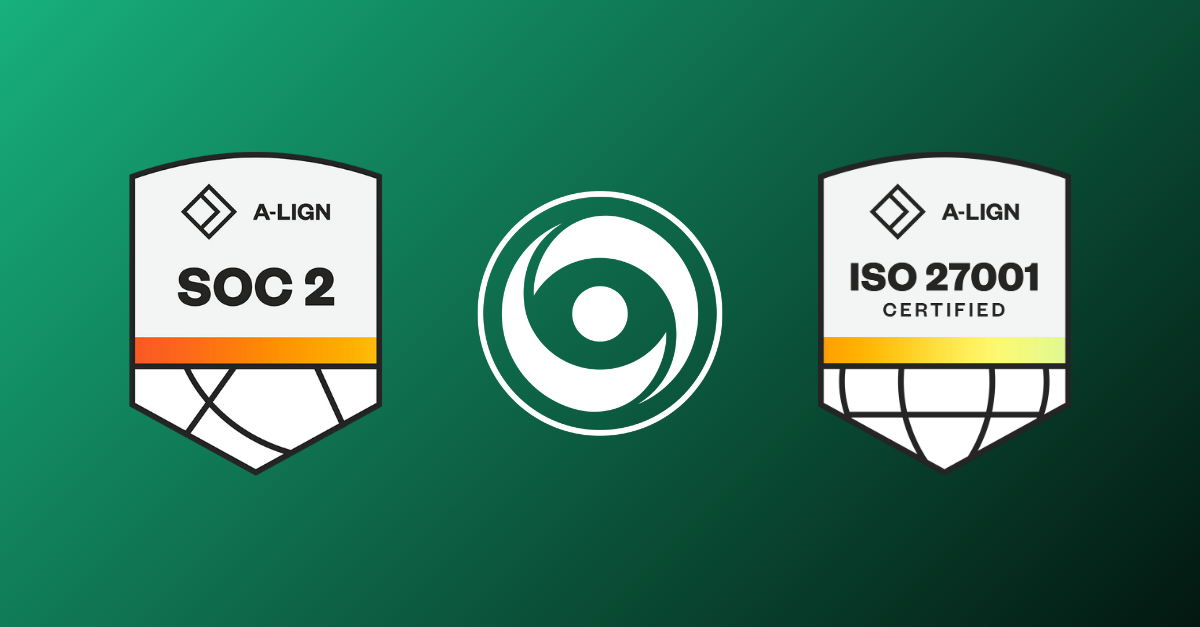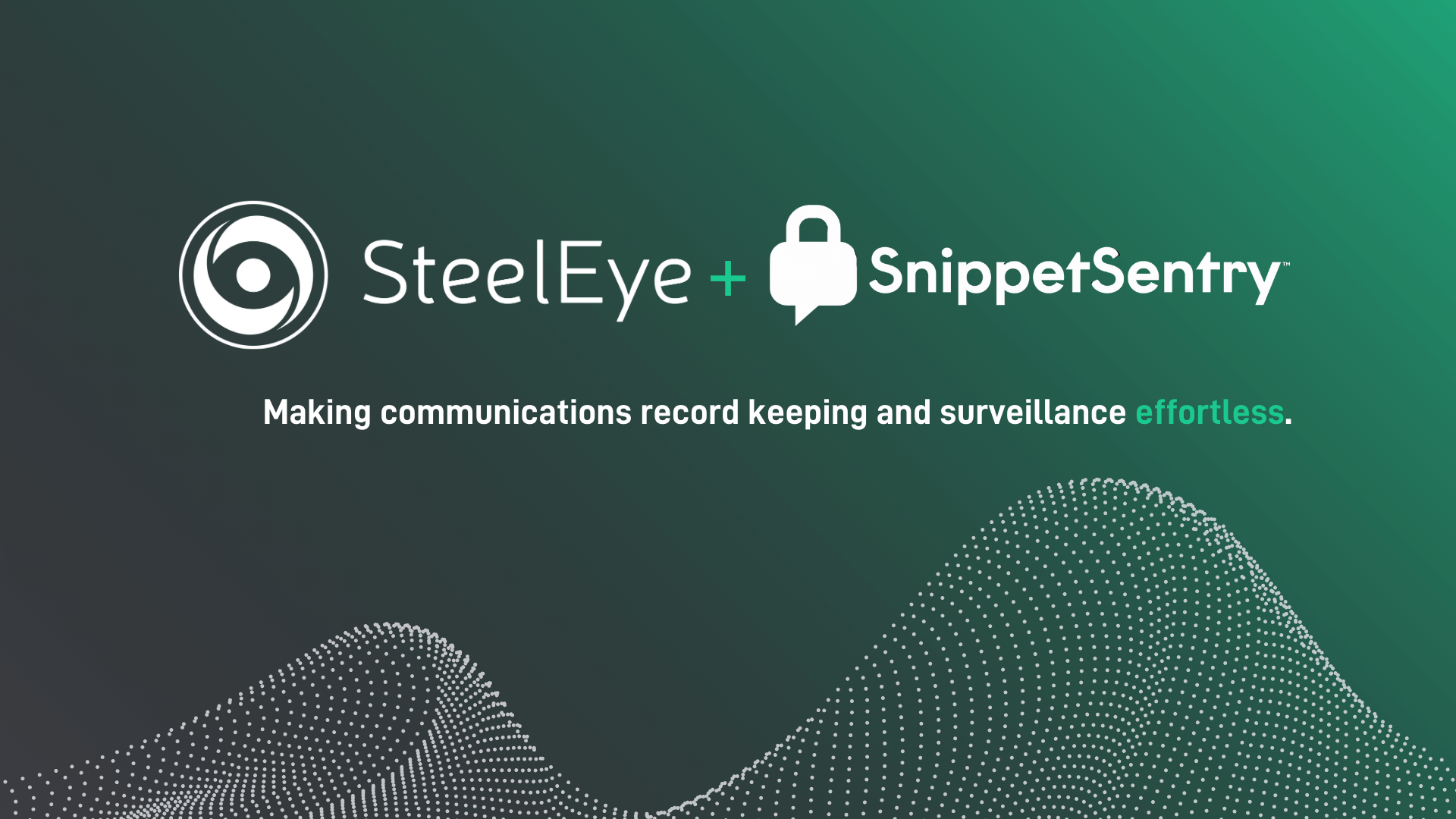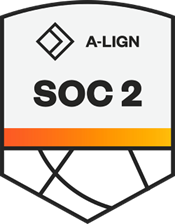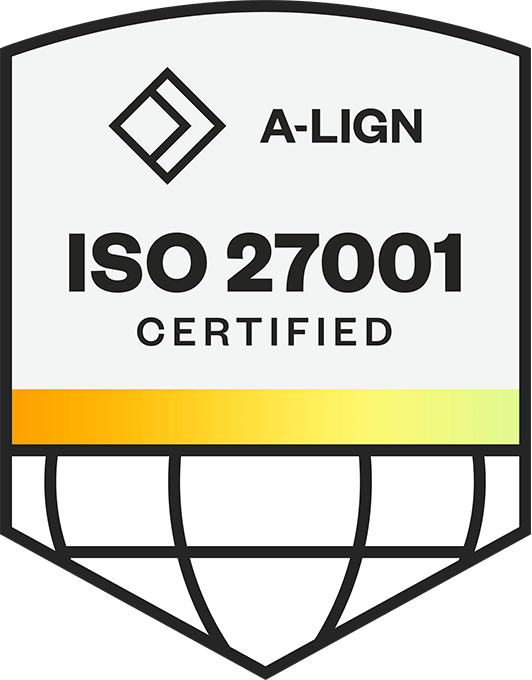The European Securities and Markets Authority (ESMA) has published a consultation paper that proposes improvements to MiFID II's best execution reporting framework.
In the paper, ESMA highlights issues that relate to RTS27 and RTS28 reporting and proposes several technical changes that could improve the framework, deliver more value for market participants, and reduce the burden on reporting participants. The paper is largely focused on RTS27 (which was suspended for two years under the MiFID II amending directive) and proposes significant changes to both the scope and content of the technical standard.
We have highlighted the current challenges with RTS27 and RTS28 reporting and the suggested changes that ESMA has proposed.
Contents:
ESMA encourages stakeholders to provide feedback on how the best execution reporting regime could look in the future. According to ESMA, the outcomes will not lead to any immediate changes to the regime but they will take it into account on the proposals to the European Commission in 2022. The deadline for market participants’ comments is December 23, 2021.
READ CONSULTATION PAPER

CALLING ALL COMPLIANCE AND RISK PROFESSIONALS
Take our survey to uncover how the industry is faring today and benchmark your compliance operations against your peers.
|









